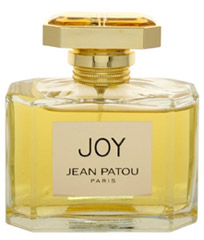Happy New Year! I am back with a Cartier. I was thinking of doing a more unique fragrance as the first for 2013, but after humming and hawing over what that fragrance may be, I decided a Jean-Claude Ellena designed Cartier would have to do. That Smell will be back to normal next week.
In Bottle: Citrus, sharp orange, no sweetness–but very bitter with an earthy quality and a spicy kick.
Applied: Bitter orange with a blend of birch in the background. I get some spices upfront too and an almost animalic quality that I’m assuming is coming from an ambery leather combination. There’s definitely something that smells a bit “off” about this, but it’s “off” on purpose, like Declaration is trying to tell me to like it or leave it. Anyway, as the scent ages, it gains more woodsiness, takes on a floral bouquet with warm leather and that constant off smell in the background as the spices roll in. It took a long time for Declaration to get anywhere, it has fantastic longevity and projection so if you want something that will stick around all day and don’t mind occasionally getting a whiff of faint uncleanliness then this might be up your alley. As the scent dries down, I get more spices, more vetiver and a smooth leather that rounds things out very nicely.
Extra: Declaration has quite the lengthy list of notes and the complexity it boasts is no surprise for how much stuff is jammed into it. It smells of sophistication and good taste, but at the same time, it warns the fainthearted off with what people call the “sweaty armpit” undercurrent that runs through this scent. Whatever it is, those who brave it might come to love it.
Design: Declaration has a nice enough look. Simple in general with a bit more attention paid to its cap. It’s easy to hold, pleasing to look at with no garish bone on its body.
Fragrance Family: Woodsy Spicy
Notes: Artemisia, caraway, coriander, birch, mandarin orange, bergamot, neroli, bitter orange, iris, ginger, cinnamon, pepper, juniper, orris root, jasmine, cardamom, leather, amber, tea, vetiver, oakmoss, cedar.
I don’t relish much on the off smell in this. If you’ve followed this blog, you’ll note that I tend massively toward the clean so Declaration was a bit of a surprise for me. I appreciate it on the complexity level, but I think I’ll pass.
Reviewed in This Post: Declaration for Men, 2012, Eau de Toilette.




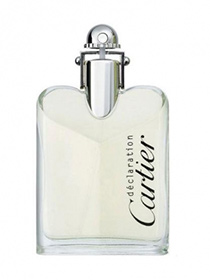
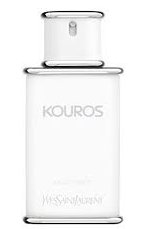
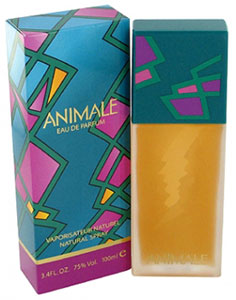
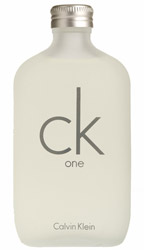

 this fragrance as well which does not help in the least in terms of identifying which style the original formula came in. Adding to this complication is Houbigant’s very sad but very complicated recent history and Raffinée not being as well known as it should be. I would like to take an educated guess but would rather not risk being wrong. The fragrance’s general theme seems to be art deco etched in gold on red which sounds like a tasteful treatment. Of the bottles I looked at, the ones involving the art deco design gave the packaging a bit of old design appeal. Much more interesting that the designs that lacked the art deco elements. If you can help me out with the vintage fragrance’s design, please leave a comment!
this fragrance as well which does not help in the least in terms of identifying which style the original formula came in. Adding to this complication is Houbigant’s very sad but very complicated recent history and Raffinée not being as well known as it should be. I would like to take an educated guess but would rather not risk being wrong. The fragrance’s general theme seems to be art deco etched in gold on red which sounds like a tasteful treatment. Of the bottles I looked at, the ones involving the art deco design gave the packaging a bit of old design appeal. Much more interesting that the designs that lacked the art deco elements. If you can help me out with the vintage fragrance’s design, please leave a comment!